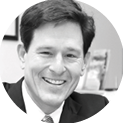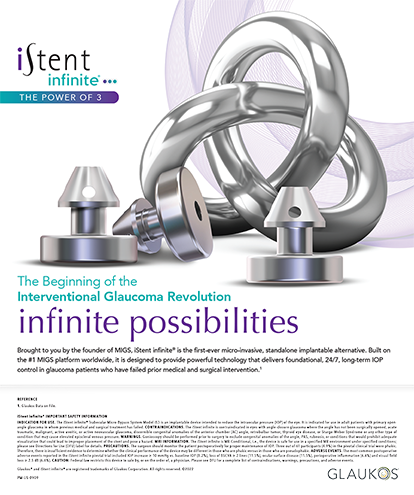
I was recently selected to serve in a pool of candidates for jury selection in a felony criminal trial. I was ultimately not selected to serve on the jury, but I remained in the pool until the end of the voir dire proceedings, and thus was able to observe the methodology used by each side of the case to narrow the jurors they believed would be sympathetic to their cause. Voir dire in French literally translates as to see to say, but figuratively means to say the truth. The entire voir dire process was quite fascinating. The matter at hand was a very serious one, and the course of several lives would be dramatically affected by the outcome of the trial. Finding the right jurors is extremely important to both the prosecution and the defense, and it is a common legal theory that 85% of a case is won or lost during jury selection.1
About 2 weeks prior to reporting for jury duty, I was asked to complete a short questionnaire with some basic but fairly pointed questions about my personality, belief system, feelings about law enforcement and crime, occupation, and hobbies. I was also asked to name the three public figures who I admired the most and the least and to state my opinion of lawyers. As we entered the final phase of jury selection, each side had the opportunity to address questions to the entire jury pool or to specific individuals within the jury pool. It was quickly apparent that both the prosecution and the defense had already reached some preliminary conclusions regarding each one of us even before the public voir dire process began.
The attorneys knew that I was a physician and that the guy sitting to my right was a lawyer. They knew that the woman sitting in front of me had a brother in prison and that no one in her family trusted the police. Based on the questions the attorneys posed to us, I got the distinct impression that each side had already prejudged each of us and tentatively placed us into bins labeled we have got to get this person, absolutely no way, and well, maybe. Although I am sure there is an art to observing nonverbal cues regarding the grooming, dress, and comportment of potential jurors, most of the conclusions made by the attorneys seemed to be based upon our demographics and our responses to the questionnaire.
There were some surprises along the way. One potential juror, who seemed to be a favorite pick of the prosecution, answered a question near the end of the process that, I believe, ultimately got her removed from their list of desirable candidates. Another individual who seemed to appeal to the defense team was eliminated at the end after he stated that, if a defendant was charged with a crime, he was usually guilty.
The manner in which these attorneys sized up the members of the jury pool struck me as being, for better or for worse, similar in many ways to the manner in which we size up surgical consultation patients. When we assess patients, we know a fair bit about their demographic information, and we often present them with questionnaires. By the time we enter the exam lane, we may have a preconceived sense of what the patient wants or needs. We have a relatively short time to assess his or her pathology, explain the options, and answer questions—all while trying to get to know the patient better.
Despite our best efforts, sometimes we do not know our patients as well as we would like. Fortunately, our voir dire process does not end with the initial consultation, and we and our staff usually have other opportunities to further assess each patient and his or her individual characteristics as the patient works his or her way toward surgery. By doing so, hopefully we can avoid surprises along the way.
Steven J. Dell, MD| Chief Medical Editor
1. Fahringer HP. Mirror, mirror on the wall: Body language, intuition, and the art of jury selection. 17 Am J Trial Advoc. 1993-1994;197.




